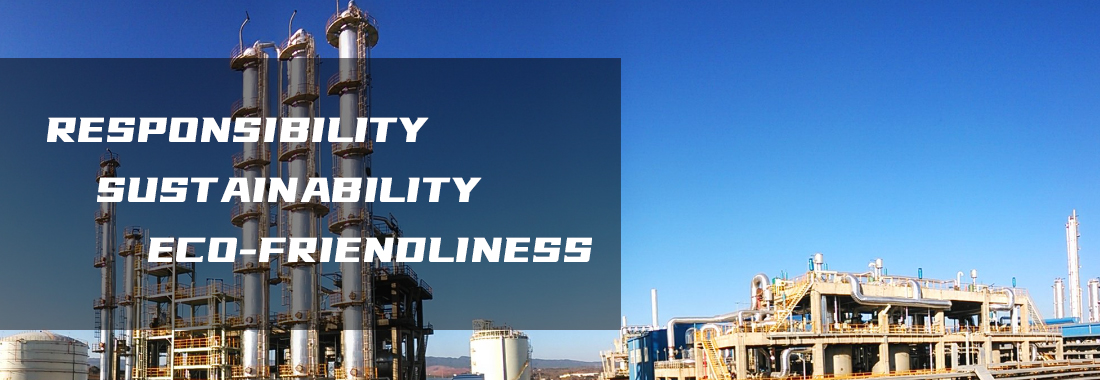
Polyacrylamide (PAM)
The main function of polyacrylamide (PAM) is to achieve bridging condensation and enhance the surface bonding strength of the initial particle, thereby increasing the internal bonding force of the junction group and making it dense.
In addition, it is also very important to determine its dosing position. Polyacrylamide can be directly added in the condensation column. It can get the initial particles attached to the surface of the nuclear floc one by one. Under a certain stirring intensity, dense slime groups are formed.
The initial particles and the junction group are tightly combined, making the junction group dense, and the junction group e of the coal slime particles increases.
With the increase of PAM, SSt begins to decrease rapidly. When the amount of PAM reaches 1.1mg/L, the supernatant suddenly clarifies. When PAM dosage ≥1.1mg/L, SSt changes little. With the increase of PAM dosage, the flocculus binding ability is enhanced due to the adsorption bridge between particles, and some small particles in a discrete state can be caught, which makes the suspended particles have high gravity, fast sinking, and improve the treatment efficiency.
Polyaluminum chloride (PAC)
The function of polyaluminum chloride (PAC) is to condense the particles in the water after they are destabilized by compressing the double electric layer. In this process, the dosage of PAC should be based on the premise of meeting the requirements of forming ideal initial particles.
The dosage affects the effective density e of the junction group, the particle size dp and the effluent turbidity SSt, thus affecting the treatment effect of coal-washing wastewater. Due to the increase of the dosage of polyaluminum chloride, the cohesion of coal slime particles increases, and it is easy to form high-power particles, and the porosity of such particles is large, which leads to a decrease in the effective density e of coal slime pelleting.
When PAC is increased to 2.6mg/L, SSt changes little and basically tends to be stable. The increase of PAC increases the degree of instability of fine particles in coal washing wastewater, increases cohesion, and SSt drops sharply. When PAC dosage reaches a certain value, Most of the particles in the wastewater are almost all unstable and condensed to achieve the best effect.



